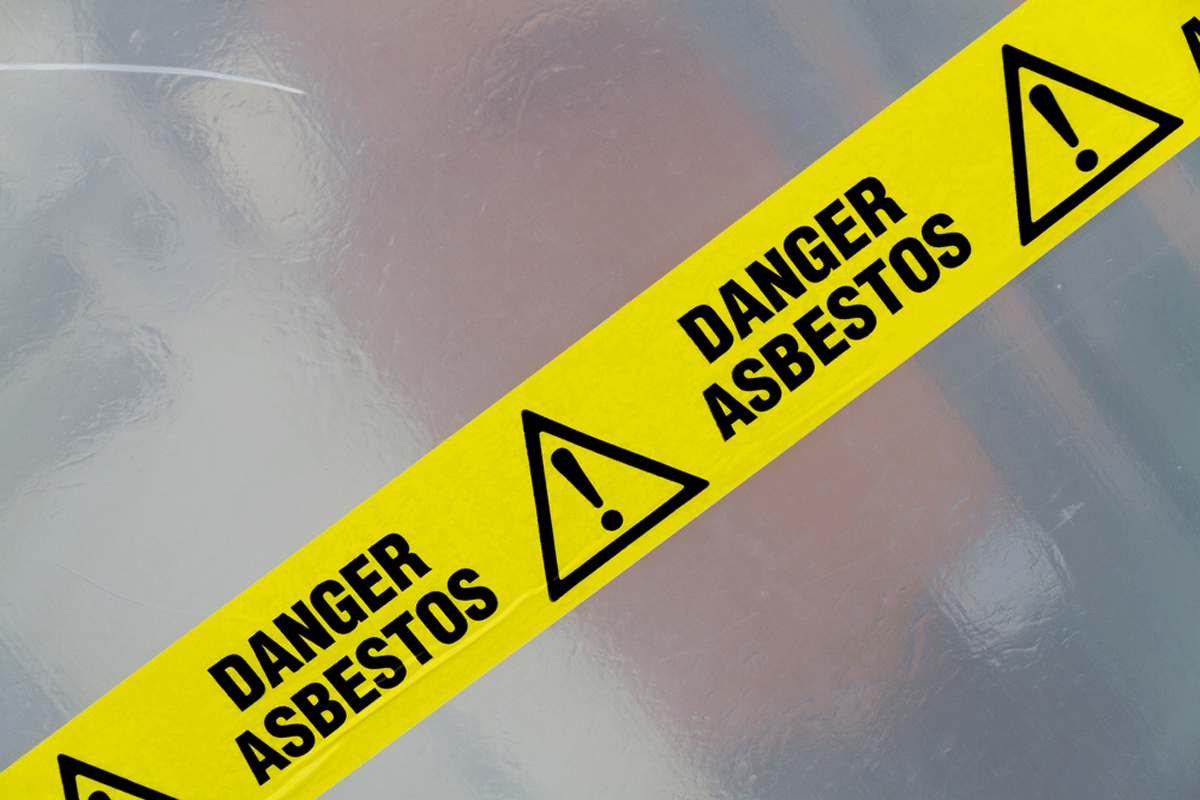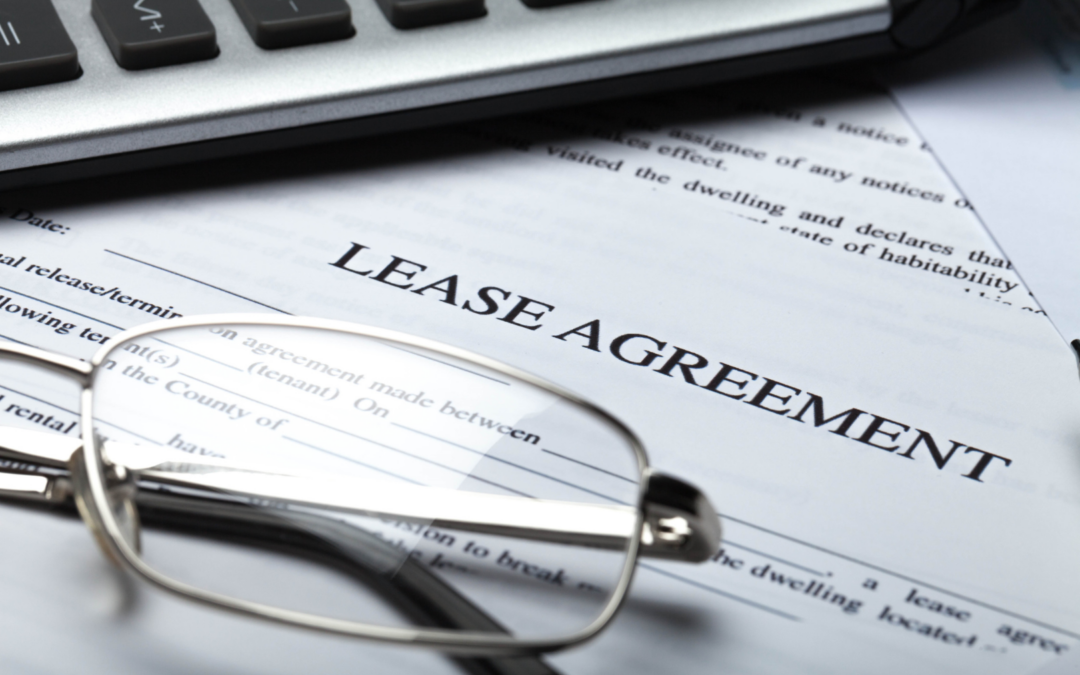Asbestos is a word that can strike fear into a buyer. The fibrous mineral was once used widely as a building material but what risks does it carry? OnTheMarket finds out
What exactly is asbestos? How worried should homeowners be? And what should they do if they discover it in their house? The good news is that there’s no need to panic. “It isn’t uncommon to find asbestos in your home,” according to the British Lung Foundation. “But happily, in most cases, there’s nothing to worry about. So long as it’s well maintained and not disturbed or disintegrating, it does not present any immediate hazard to health.”
What is asbestos?
Asbestos is, in fact, a collective term for six naturally occurring fibrous minerals. The most well-known – and dangerous – are blue asbestos (crocidolite), brown asbestos (amosite) and white asbestos (chrysotile). Asbestos has been mined for 4,000 years but it surged in popularity in the late 19th century, thanks to its useful fibrous properties: resistance to fire, heat, chemical and electrical damage; sound absorption; and affordability. Unfortunately, asbestos fibres are also lethal carcinogens when inhaled.
Where might asbestos be in the home?
Asbestos is most commonly found in residential properties where it has been mixed with other materials to strengthen them: cement sheeting or corrugated roofing, for example, or decorative wall coatings such as Artex. It can also turn up in gas pipes, water cisterns, pipe lagging, loose fill insulation, floor and ceiling tiles, airing cupboards, behind fuse boxes and around boilers.
Which houses are more likely to have asbestos?
Asbestos was used in UK homebuilding industry until 1999, when white asbestos was finally outlawed. The use and import of blue and brown asbestos was banned in the UK in 1985. Houses built in the UK this century will not contain asbestos, but be wary if you are buying any property that is pre-1999. Artex, for example, was still being made with white asbestos up until the mid 1980s. Asbestos floor and ceiling tiles proved particularly popular in the 1950s and 1960s.
What should you do if there is asbestos in the house you want to buy?
It sounds like a nightmare: you’ve found your dream home only to discover, following a survey, the presence of asbestos containing materials (ACMs). In fact, a calm, common sense approach will keep your purchase on track, as Daniel Killick, Director at Chestertons in Richmond upon Thames, explains:
“If your surveyor suspects there is a likelihood asbestos is present, don’t hesitate to seek professional advice first to confirm its presence, then safely to remove and dispose of the offending material. Don’t try to dispose of any asbestos or related materials yourself under any circumstances and make sure whoever you call in is trained and accredited, and licensed to dispose of it properly.
Read more
- Conveyancing: Fees, finding a conveyancer and everything in between
- Top tips to ease the house buying process
- A guide to buying land: 10 top tips
“It may seem like a lot of extra steps to go through, but it is worth it for peace of mind and to ensure it doesn’t derail the property transaction at a later date. If your buyer were to find out you were aware of the presence of asbestos but failed to notify them, they could hold you liable for a misleading omission and seek the cost of having the asbestos removed, as well as any other associated expenses.”
Charlie Kannreuther, Head of Savills Chester office, adds: “I think the key is to understand what you’re dealing with. It may be that a simple and cheap procedure will be all that is necessary to ensure that it is safe.”
What if you want to do some DIY and suspect there may be asbestos?
The Health and Safety Executive urges extreme caution if you are considering any home improvements on a property that contains asbestos, recommending that you liaise with your local authority as well as keeping builders informed. They state: “If you are planning any DIY, repairs or maintenance – and intend to bring in any additional builders, maintenance workers or contractors – you should inform them of any asbestos materials in your home before they start work.”
How much does it cost to remove asbestos?
Costs are high and vary considerably but be prepared to pay at least £1,500 plus VAT to remove up to 20 sq m of a textured coating such as Artex. Always use a licensed removal firm, who will first carry out a preliminary test and take samples (around £175 plus VAT).
Always contact your local authority first before a removal firm. Local authorities will often arrange for a free pick up of asbestos-cement sheeting on a garden shed roof. Home insurance policies do not cover the removal of asbestos but it’s worth checking if the asbestos gets damaged (a broken garage roof, for example), because this could be covered under accidental damage.
Why is asbestos so harmful?
Exposure to asbestos fibres – inhaled when asbestos is disturbed and the fibres are released into the air – can prove fatal. Symptoms, however, take up to 60 years to develop, by which time it might be too late. Prevention, therefore, is paramount. The two main asbestos-related illnesses are Mesothelioma (a type of cancer that attacks the chest and abdomen lining) and lung cancer. Other illnesses include asbestosis (scarring of the lung) and pleural thickening (scarring of the lung lining).






